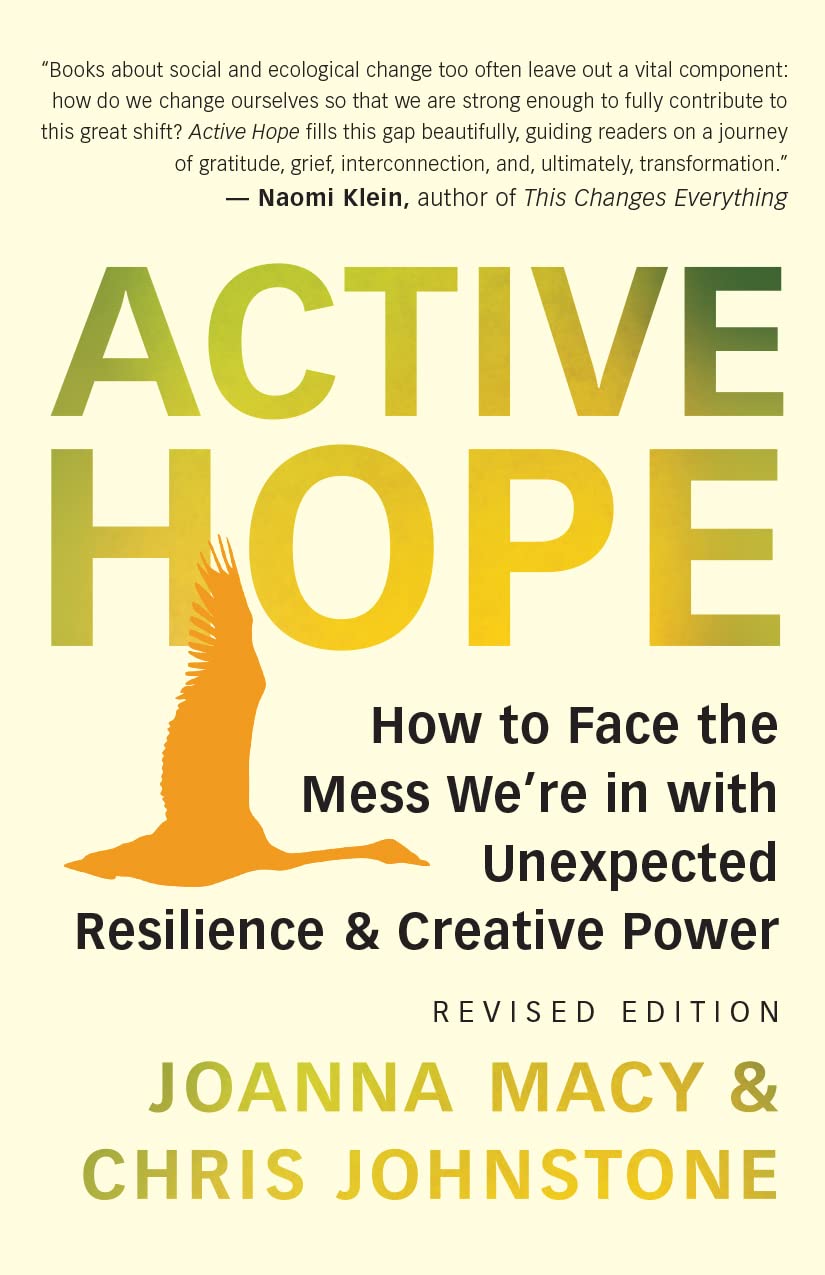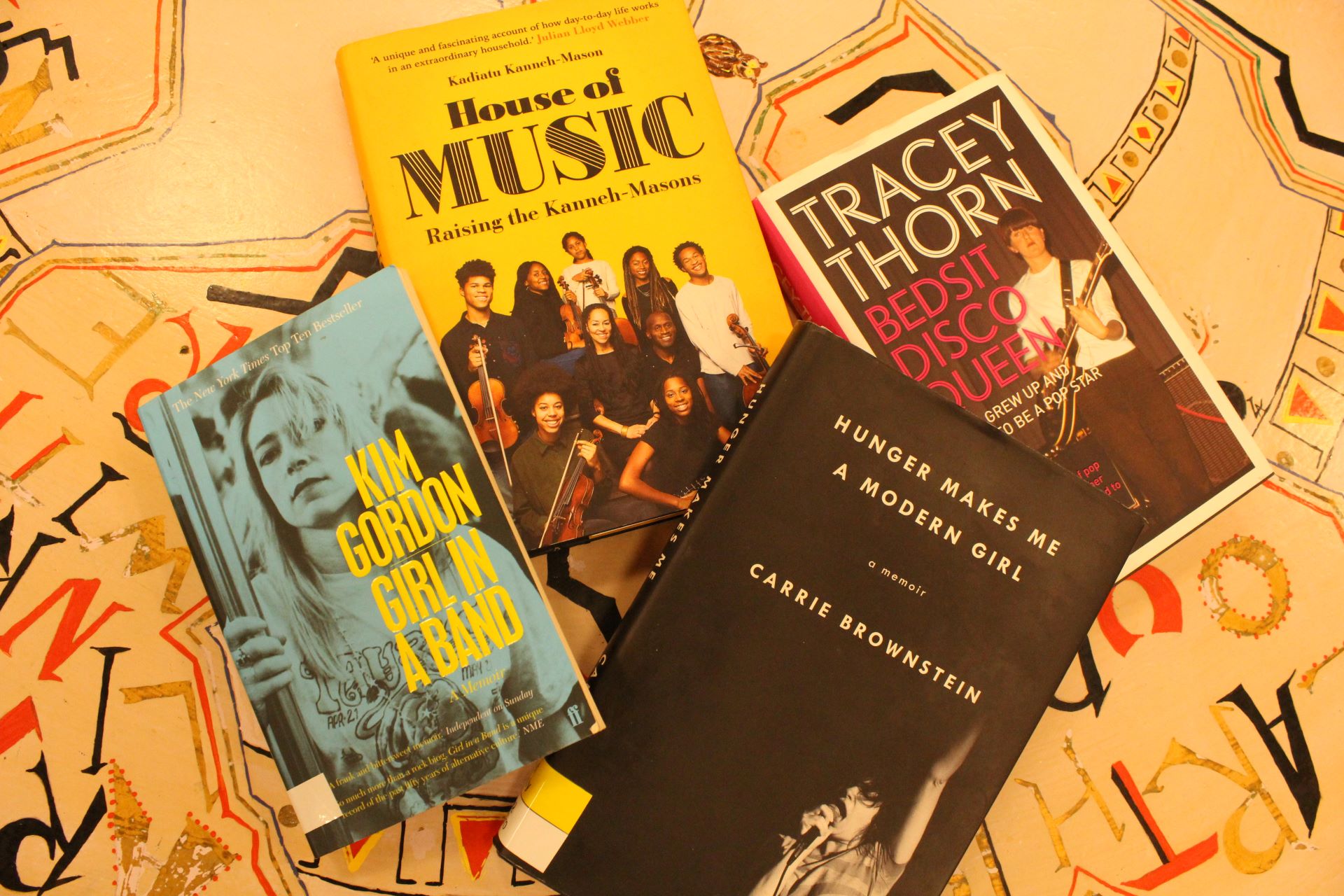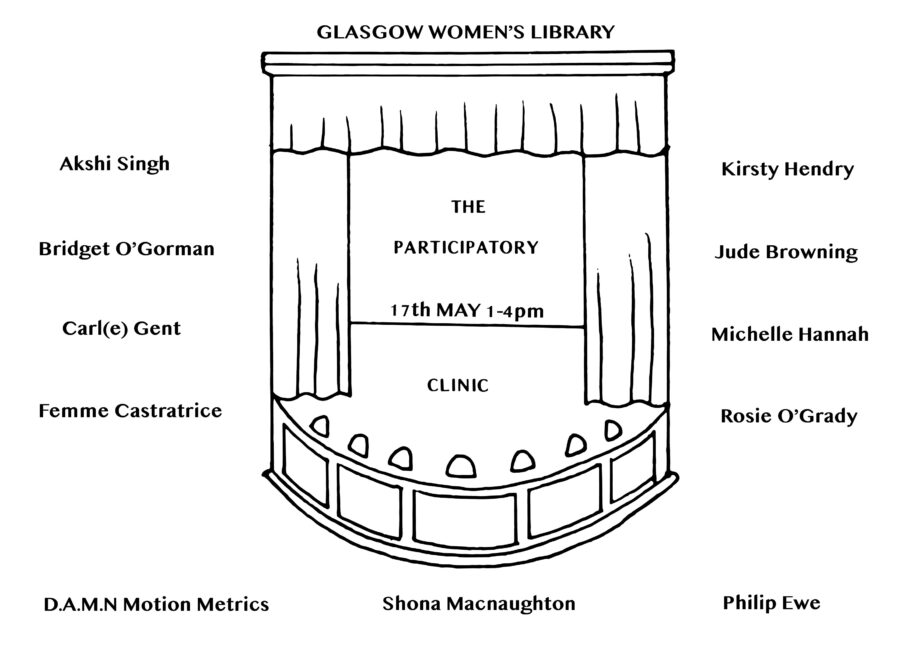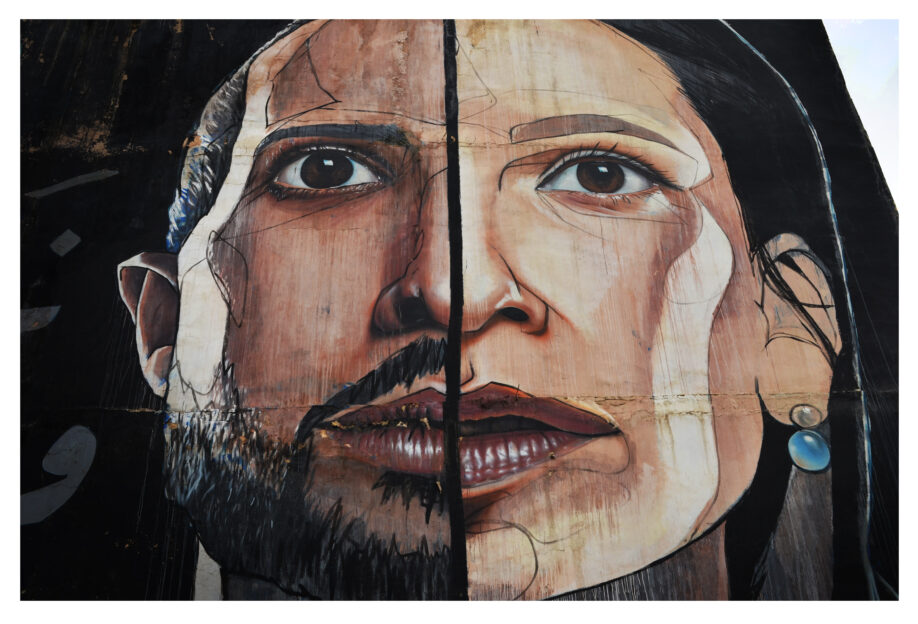Trans/Forming Feminisms: Trans-Feminist Voices Speak Out is a new anthology of works overseen by the editor Krista Scott-Dixon ,a feminist women’s studies scholar who has a PhD and has created a variety of resources for transgender people as well as courses about feminism and transgender issues. Its a crucial work that shows how feminism and the transgender community/movement have grown and changed in the past decades as well as expressing the wish that we can work together to fight the gender discrimination that most people who are not the heteronormative white male ideal suffer regardless of their gender.
In Dixon’s introduction she notes how both cis women and transgender people have had their identities tied to illness and otherness. She argues that the medicalization of transgender people was a continuation of that which occurred in the enlightenment when the two body system of gender developed. This system was used by psycho-therapists and clinicians such as Harry Benjamin, John Money and Robert Stoller to classify transgender identities based on gender distress and sexual inclinations. If one’s distress wasn’t sufficient enough and you did not have heteronormative inclinations in relationships, then you were judged not to be a “true transsexual”. This example is shared by Dixon to express the fact that gate-keeping medical establishments have decided what is a valid trans self , shunning and rejecting all others for too long. It is this which has made trans people feel the need to pass, especially if they are a trans woman. She then goes onto mention the works of the second generation feminists such as Janice Raymond and Germaine Greer. Raymond’s Transsexual Empire is a putrid work which says extremely disgusting things about transwomen as does the work of Greer. Both argue that trans people reinforce strict gender systems and blend theory with insults to build arguments aiming to paint transgender women as sexual abusers/deviants who still have male privilege and are just there to hurt cis women. Trans men are simply seen as traitors and deluded women. The women’s library has works by both in the name of free speech and although I know we need to look at all of feminist, gender and queer history to understand the changes and improvements that have been made it is still sad that writers like this are still creating hate works today.
Dixon argues we need to push past such bias and hatred to understand the uniting factors between feminists and the transgender community.
Part one focuses on narratives and voices. In Daryl B Hill’s chapter on the origin of gender they take apart gender essentialism that trans-exclusionary feminists often argue to be true. This is the belief that gender is essential and that whatever is changed about a body, the “natural” original gender and sex cannot be changed. A woman is a woman and a man is a man and this is a constant. They likewise suggest that social constructionism’s argument that gender is completely caused by social causes is also wrong. Both are too similar and too limiting unlike the additive and interactive models which say both biological, social and cultural aspects affect the gender and sex we have.
In Alexander Pershai’s Language Puzzle they discuss the difficultly surrounding words for both feminists and transgender people. While some feminist groups want to change words to rid them of masculine connotations such as making boycott girlcott, transgender people have to create authentic names they were not given at birth and need people to use the right pronouns. Alexander suggests that adding gender neutral pronouns and attempting to change words for feminist reasons is the wrong approach. If a third pronoun, not counting them/they, comes into popularity and acceptance, the pronoun he/him while still trump it and she/her as being the default and most important. We need to attack the assumptions and naturalness of language being tied to maleness and instead change things.
Works about non-binary identity are included in this part too such as Shannon E Wyss’s Sometimes Boy Sometimes Girl: Learning to be Genderqueer through a Child’s Eyes which discusses how children are more accepting of gender and sex’s fluidity and diversity as they have not been conditioned to see it differently yet. Gigi Raven Wilbur’s Walking in the Shadows also considers non-binary identity through the author’s experiences as an intersex individual who wishes to create an inclusive spectrum of accepted gender identities and argues that the way gender-divergent people were central to spiritual roles and thus cherished need to be something we return to.
The next section is on identities and alliances. In Feminist Transmasculinities by Reese Simpkins they argue that while one chooses to be feminist one does not choose to be trans or a woman. The Transgender movement is akin to feminism while transness is simply akin to womanhood. One most choose to draw on these identities to fight injustice and make the world better. They also argue that transmasculine identities attack the hegemony of male identity, something I agree with.
Kyle Scanlon’s Where’s the Beef? Argues that feminism’s fetishizing of transgender and non-binary identity needs to stop. He argues that feminists going on about the liberating quality of doing drag need to remember than transgender identity is not a fashion statement or playground for the trendy elites of academia. He tells us to think about the life’s behind the theory…The reality that transgender people are often not consciously setting out to queer and disrupt gender norms but simply want to live their lives peacefully. They discuss their work as a service provider for transgender people noting how transgender women are rejected from women’s shelters yet are still called privileged, that trans men often recount abuse to them and are lost in the shelter-abuse help services as well due to being men but still vulnerable to attacks in male shelters. As a trans person themselves, they argue instead of trans people showing feminists how to let their hair down and be cool, transgender identity conveys that oppression hurts all genders.
In Hierarchy: Long Way to the Top by Alaina Hardie, the aforementioned author discusses how the trans community has a form of hierarchy due to how passing attractive transgender people are often able to life stealthily and be read as cis. They might refuse to engage with transgender spaces and communities as they wish to keep this aspect of their identity hidden. Attractive passing people who are yet to transition come after as they can be read as cis but their safety is nebulous and uncertain. Hardie argues that those who do not pass at all and those who engage in sex work to support themselves are at the bottom of the transgender hierarchy. She says that the transgender community cannot prosper as a whole as long as those at the top don’t socialise or engage with those below to protect them and aid them in gaining legitimacy. As a non-binary afab person I am very privileged as I do not pass, but due to my feminine appearance I just seem cis or a masculine woman at most. I am never in danger so can express my own trans identity without danger. Alaina shows that even among the transgender community there are power structures in place that effect those that are marginalised. She produces a call to arms for trans people who cannot hope to overcome the injustice and prejudice we face if we cannot even accept and work with each other.
A final contribution from this section is Ros Salvador’s poem called Miss Whitey Says which is a piece which criticises mainstream white feminism for its exclusion of POC and its bigotry on a number of fronts. This piece ties in well with Alaina’s work as it shows that both the transgender and the feminist communities need to communicate more and work to provide a safe space for those who are from marginalised groups.
Inclusion and Exclusion is the third part of the book and provides insight into the exclusion of transgender people from women’s spaces such as shelters. Two sides of this argument are made. A. Nicky is a contributor to the book who puzzles me as they produce a highly transmisogynist argument yet wanted to contribute to this collection which is trying to create dialogue between trans and feminist issues and goals. She argues that women’s spaces are not trans spaces ignoring the fact that you can be trans and a woman. She uses the term transgendered which is usually a sign that someone has negative views about trans people and says calling transgender women the women they are ignores the complexity of their identities. She puts this in words to seem as if she respects and accepts trans women , but what she really means is that she does not see trans women as real women. Although she argues from the perspective of someone who has survived child abuse she connects transgender women to penises and penises to abuse claiming they are thus a danger to the safety of other women who might get triggered. She ignores the fact that transgender women do not all have these genitals and doesn’t seem to care about the fact that transgender people can go through similar abuse to herself growing up or the fact that transgender women themselves endure higher levels of abuse, assault or even murder than many in society. This chapter is a tough one to read but shows the hateful perspective that transgender women are up against within women and feminist spaces.
In contrast to this piece is Joanna Harris’s chapter which discusses the Nixon V Vancouver Rape Relief case. This legal battle was regarding the transgender woman Kimberley Nixon who decided to apply for a job helping at the rape relief centre mentioned before. She was going through the training for this role when her transgender status was questioned by an employee and when she answered that she was a transgender woman she was told she could not have the job and was kicked out. She was offered the chance to take it up soon after but noted that other employees began spreading hate literature about her. She left this negative environment and worked in other organisations with only positive feedback about the quality of her service. This chapter shows that when transgender women are fully included in women and feminist spaces such as shelters and charities they are indispensable and benefit organisations and groups. Kimberley’s possible contributions to the rape centre she took to court were rejected on the basis of her transgender status. The hatred of those involved in this led to survivors of abuse missing out on her help and conveys that such prejudice is bad for both groups.
Concluding thoughts regarding all the works within Dixon’s collection are that it produces a manifesto for why feminism needs to become intersectional, inclusive and willing to communicate if its ever to blossom and take its ability to produce change to ever greater levels. Throughout we see the similarities in theory between both groups, the manner in which they are organised, the problems such as hierarchies and privilege that plague both and the way in which exclusion of transgender people, as well as other groups like POC and the disabled, from feminism makes the whole movement weaker and not as great as it could be. Dixon and her contributors show us how important this trans-formation of feminist could be.






